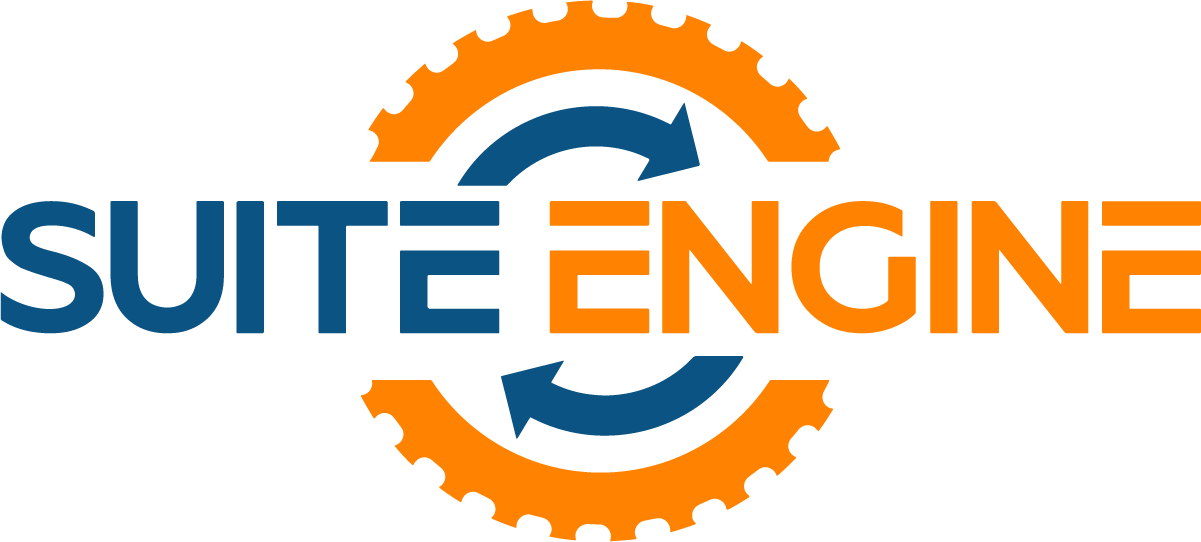Attributes in Business Central to CSM Integration
Correlation of Business Central Item Attributes to Shared & Discrete Attributes
Authored By: Sierra Price, Suite Engine Product Specialist
In Microsoft Dynamics Business Central, an item attribute is a characteristic or property that describes an item. It can be a piece of information about the item, such as its color or size, or it can be a feature of the item, such as whether it is reusable or perishable.
There are two types of item attributes in Business Central: discrete and shared.
Discrete attributes are specific to a particular item and cannot be shared with other items. For example, if you have a clothing store and you sell t-shirts in different colors, each color would be a discrete attribute for the t-shirts.
Shared attributes, on the other hand, can be used by multiple items. For example, if you sell both t-shirts and jeans in your store, you might have a shared attribute for the material that the clothing is made from. Both the t-shirts and the jeans could have the attribute “cotton” because they are made from the same material.
Item attributes can be used in various ways in Business Central, such as for filtering and sorting items in lists and for creating item variants. You can also use them to set up item relationships.
Correlation of Business Central Item Categories to Attribute Sets
In Microsoft Dynamics Business Central, item categories are used to group and classify items. They can be used for various purposes, such as for setting up sales and purchase tax groups, for creating item reports, and for setting up filters in lists and pages.
Attribute sets are used to define the characteristics of items. An attribute set is a collection of attributes that define the properties of an item. For example, an attribute set for a shirt might include attributes for size, color, and material.
An item can be assigned to a specific item category and can also be associated with a specific attribute set. This allows you to set up different categories and attribute sets for different types of items and to use these categories and sets to filter and group items in lists and reports.
For example, you might create an item category called “Shirts” and an attribute set called “Shirt Attributes” that includes attributes for size, color, and material. Then, you can create items for different types of shirts and assign them to the “Shirts” item category and the “Shirt Attributes” attribute set. This will allow you to easily filter and group the shirts in lists and reports based on their category and attributes.
In summary, item categories and attribute sets are used to classify and describe items in Business Central, and you can use them to filter and group items in lists and reports.
Correlation of Business Central Item Variation Options to Discrete Attributes
In Microsoft Dynamics Business Central, you can use item variation options to represent different versions or configurations of an item. For example, you might sell a shirt that comes in different sizes and colors. You can set up item variation options to represent the different sizes and colors, and then assign them to the shirt as discrete attributes.
To set up item variation options, you will need to create a new item variation option set and define the options that you want to use. Then, you can create a new item and select the item variation option set that you have created. When you create a sales or purchase order for the item, you will be able to select the specific variation options that you want to include.
It’s important to note that item variation options are different from item variants, which are used to represent different combinations of features or characteristics that can be applied to an item. Item variants can be used in combination with item variation options to further customize an item.
For complete details of this release, please see the product documentation and/or release notes.
Read more …






